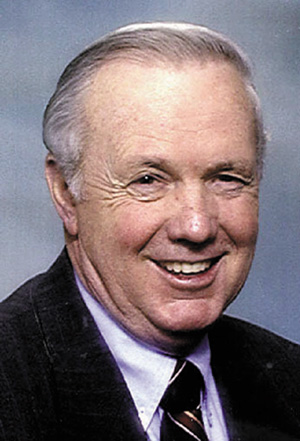No. 1058 - UNDERSTANDING THE REFUGEE PROBLEM!
No. 1058
Jim Davidson -- NEWSPAPER COLUMN
UNDERSTANDING THE REFUGEE PROBLEM!
In my opinion, there are few travesties in the past century of greater magnitude than the plight of literally thousands and thousands of people who are homeless and helpless. In our prosperous nation, many of us simply refer to these people as “The Refugee Problem.” When you think of vast numbers of people having to travel in freezing cold or blistering heat, on foot or in some depilated vehicle, not knowing where they are going or who is going to provide for them, you can begin to see the plight of being born in the wrong place at the wrong time.
After hearing my friend Joe Heird talk about this topic at a recent prayer breakfast, I decided to pass along some of the information he shared to help us better understand this painful problem. What he shared that was most helpful to me were the definitions of three different groups of people that we hear about in the news almost every week.
First, what is a Refugee? This is a person who has fled his or her own country and cannot return due to fear of persecution, and has been given refugee status. Refugee status is given to applicants by the United Nations or by a third-party country, such as Australia. This person outside of his own country has a well-founded fear due to his/her race, religion, nationality, membership in a particular social group or political opinion, and is unwilling or unable to return.
The second group includes those we call Migrants. A migrant is someone who voluntarily chooses to leave his or her own country and make a new life in another country. Australia has a long history of migration. Many people have been moving to Australia for work and better opportunities since British colonization in 1788.
The last group includes those we call Asylum Seekers. An asylum seeker is a person who has fled from his or her own country due to fear of persecution and has applied for (legal and physical) protection in another country but has not yet had their claim for protection assessed. A person remains an asylum seeker until their protection “status” has been determined.
My friend Joe, who was in the Army and mustered out as a Major, witnessed some of this first-hand. He was stationed at the air base in Delmenhorst, Germany, when the barracks were used for refugees in World War II, and he was later in Vietnam when Saigon fell and many Vietnamese came as refugees to the United States. Later as a civilian, Joe was sent to Fort Chafee, Arkansas, to help process the refugees. Now, please fast forward to today, some 40 years later, when the problem is much worse.
Worldwide, it is estimated that about 60 million people are displaced, that is to say not living in their native country, and about 19.5 million are considered refugees. Most of the refugees today are found in Europe, the Middle East and Africa. The European Union consists of 28 member countries. When it was formed, the goal was to foster trade with a single currency and open borders. The refugee problem has completely changed this and now threatens the very existence of the European Union, as some countries are closing their borders to new refugees.
As Americans, we are all impacted. The agency most responsible is the United Nations, based in New York City, and we provide a huge portion of their budget. Also, the makeup of refugees has changed from the early days to now, when terrorists are using this to infiltrate our borders to do us harm.
---
(Editor’s Note: Bookcase for Every Child – Changing Lives & Futures – ONE AT A TIME. Please visit our website: www.bookcaseforeverychild.com)
